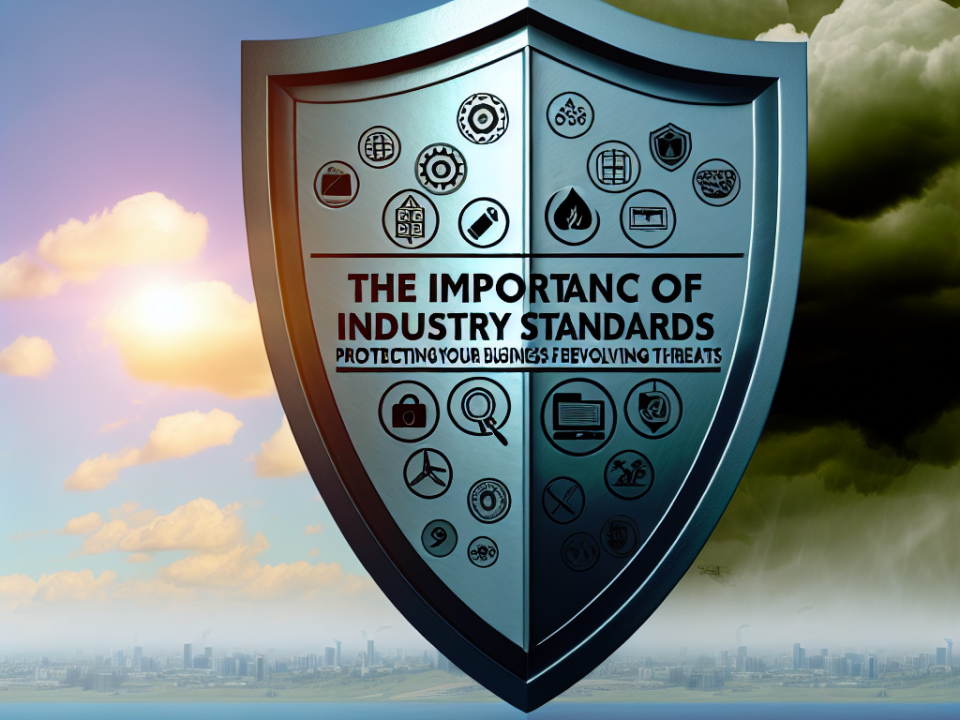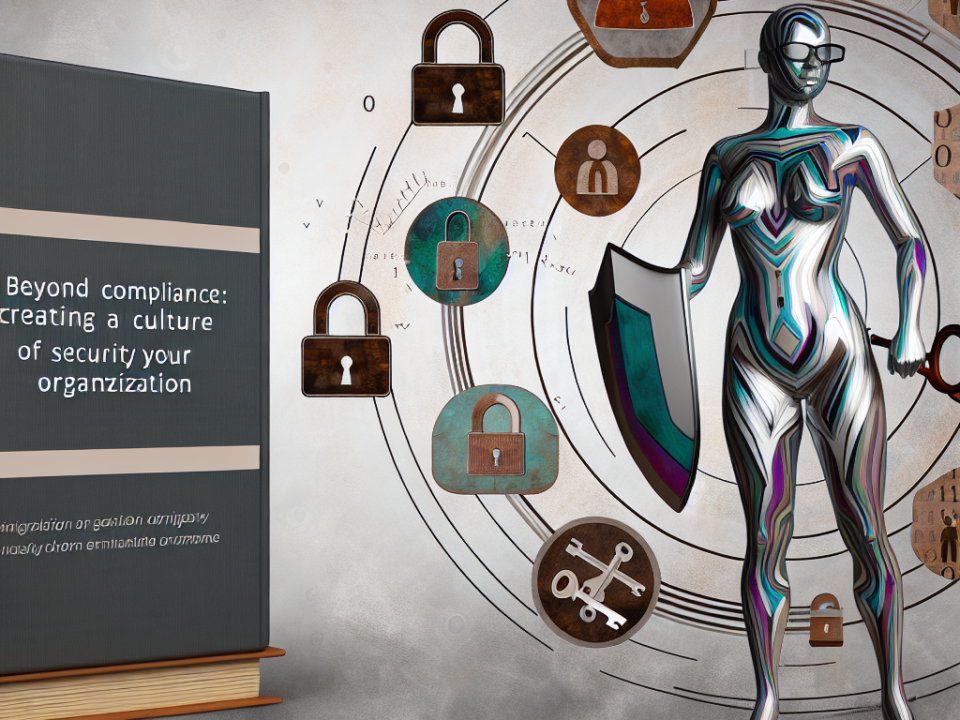
Essential Security Compliance Audit Checklist: Ensure Your Business Stays Protected
October 24, 2025
In today’s digital landscape, security and compliance are not just optional; they’re essential for protecting sensitive information and maintaining customer trust. A thorough security compliance audit helps organizations identify vulnerabilities and ensures adherence to regulations. To streamline this process, here’s a checklist of the top 10 must-have items for your security compliance audit.
1. Data Protection Policies
Your organization should have clear, documented data protection policies that outline how data is collected, stored, processed, and disposed of. These policies should also address data classification and the specific security measures in place for each category of data.
Key Aspects:
- Data classification guidelines
- Access control measures
- Encryption standards
2. Access Control Mechanisms
Access controls are vital for limiting user access to sensitive information. During the audit, ensure that access is granted based on the principle of least privilege (PoLP) and that there are mechanisms to regularly review access rights.
Key Aspects:
- Role-based access controls (RBAC)
- Multi-factor authentication (MFA)
- Regular access reviews
3. Incident Response Plan
A well-defined Incident Response Plan (IRP) is a must-have for mitigating the impact of security incidents. The plan should detail the roles, responsibilities, and procedures for responding to various types of incidents.
Key Aspects:
- Incident classification
- Communication protocols
- Post-incident review procedures
4. Audit Trail and Logging Practices
Maintaining logs of user and system activities is crucial for accountability and incident analysis. Ensure your organization implements logging practices that align with compliance requirements and data retention policies.
Key Aspects:
- Comprehensive logging across all systems
- Regular log analysis and monitoring
- Defined log retention policies
5. Vulnerability Management Program
A proactive approach to vulnerability management helps identify and rectify weaknesses before they can be exploited. Regular vulnerability scans and penetration testing should be part of your audit.
Key Aspects:
- Regularly scheduled vulnerability assessments
- Patch management procedures
- Security testing protocols
6. Security Training and Awareness Programs
Employee training is often the weak link in security compliance. Conducting regular training sessions on security best practices creates a culture of security awareness within the organization.
Key Aspects:
- Onboarding and ongoing training sessions
- Phishing simulations
- Documentation of training records
7. Third-Party Risk Management
As organizations rely increasingly on third-party vendors, it’s critical to assess and manage the risks associated with these partners. Ensure that vendor contracts include security requirements and that third-party security assessments are conducted.
Key Aspects:
- Vendor risk assessments
- Third-party compliance documentation
- Security clauses in contracts
8. Physical Security Measures
Physical security should not be overlooked in your compliance audit. Assess the effectiveness of your physical safeguards, including access controls, surveillance systems, and environmental controls.
Key Aspects:
- Entry and exit procedures
- Secure areas for sensitive data storage
- Surveillance systems and monitoring
9. Compliance with Regulatory Requirements
It’s imperative to ensure adherence to relevant regulatory frameworks, such as GDPR, HIPAA, or PCI-DSS. Your audit should assess current compliance levels, identify gaps, and outline a plan for achieving compliance.
Key Aspects:
- Understanding of applicable regulations
- Compliance assessments and documentation
- Remediation plans for identified gaps
10. Backup and Disaster Recovery Plans
A robust backup and disaster recovery plan ensures that critical data can be restored after a breach or failure. Your plan should outline procedures for regular data backups and testing of recovery processes.
Key Aspects:
- Backup frequency and methods
- Recovery time objectives (RTO)
- Regular testing of disaster recovery plans
Conclusion
A comprehensive security compliance audit checklist can enhance your organization’s ability to protect sensitive information and maintain compliance with regulatory requirements. By including these top 10 must-have items in your checklist, you’ll be well-prepared to identify vulnerabilities, ensure employee readiness, and safeguard your organization’s assets against potential threats. Regularly revisiting and updating your security practices will help foster a proactive security culture, ultimately aiding in long-term compliance and resilience.







